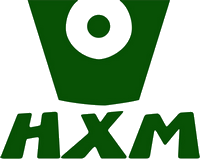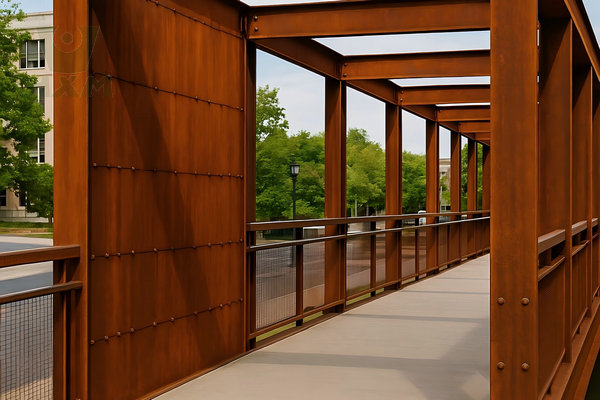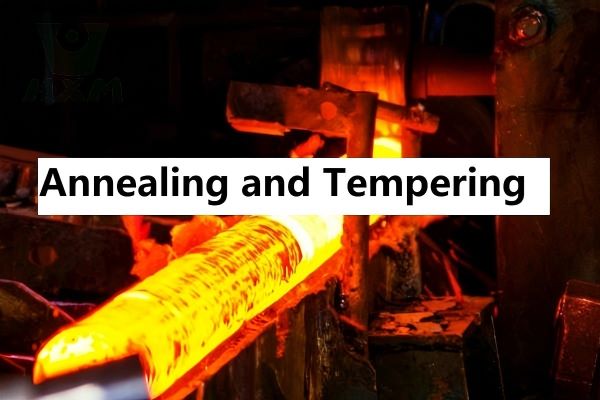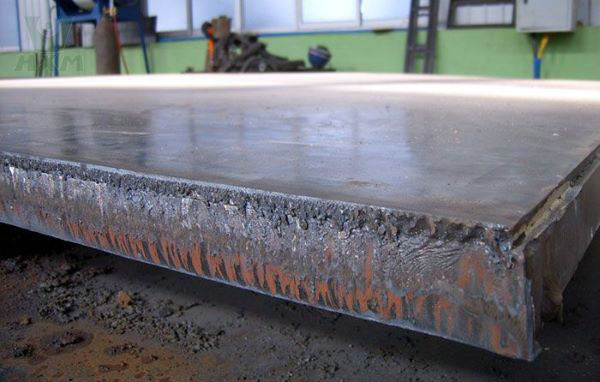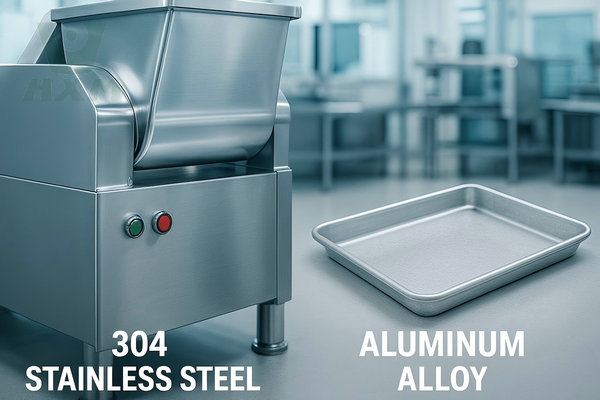Cutting Copper Tube Options
When it comes to cutting copper tubes, there are a few options you can consider. Here are three common methods:
1. Pipe cutter: A pipe cutter is a specialized tool designed for cutting copper tubes. It consists of a sharp cutting wheel that rotates around the pipe, gradually making a clean and even cut. To use a pipe cutter, follow the steps mentioned in the previous response.
2. Hacksaw: If you don’t have a pipe cutter, a hacksaw can be used to cut copper tubes. Here’s how to do it:
– Measure and mark the desired length on the tube.
– Secure the tube in a vise or clamp to prevent it from moving.
– Place the hacksaw blade on the mark and start sawing back and forth, applying gentle pressure.
– Maintain a steady and even motion until the cut is complete.
– After cutting, use a deburring tool or sandpaper to smooth out any rough edges.
3. Tubing cutter: A tubing cutter is similar to a pipe cutter but is specifically designed for cutting small-diameter copper tubes. It operates in a similar way to a pipe cutter, with a cutting wheel that rotates around the tube. Tubing cutters are often used in tight spaces or for more precise cuts on smaller tubes.
No matter which method you choose, it’s important to measure accurately, secure the tube properly, and take necessary safety precautions such as wearing gloves and eye protection. Additionally, ensure that the cut is clean and free from burrs or sharp edges, which can be removed using a deburring tool or sandpaper.
How To Cut Copper Pipes?
To cut copper pipes, you can follow these steps:
1. Gather the necessary tools: You will need a pipe cutter, which is specifically designed to cut copper pipes, and a deburring tool or sandpaper to smooth the edges of the cut pipe.
2. Measure and mark: Use a tape measure to measure the length you need for your copper pipe. Mark the measurement using a pencil or a marker.
3. Secure the pipe: Place the copper pipe in a vise or use a pipe clamp to secure it firmly in place. Make sure the area you are cutting is accessible and not obstructed.
4. Adjust the pipe cutter: Open the pipe cutter and position it on the marked spot of the copper pipe. Tighten the cutter’s screw or knob to secure it in place. The cutting wheel should be aligned with the mark.
5. Begin cutting: Rotate the pipe cutter around the pipe in a clockwise direction. Apply steady pressure while turning the cutter, making sure the wheel stays aligned with the mark. Continue rotating until the pipe cutter makes a complete revolution around the pipe.
6. Tighten the cutter: After one full revolution, tighten the cutter slightly by adjusting the screw or knob. Repeat step 5, rotating the cutter around the pipe again. Continue tightening and rotating until the pipe is cut. You should feel a slight drop in resistance when the cut is complete.
7. Remove burrs: Once the pipe is cut, use a deburring tool or sandpaper to remove any sharp edges or burrs from the cut end of the pipe. This will ensure a clean and smooth surface.
8. Inspect and clean: Inspect the cut end of the pipe to ensure it is clean and free of debris. You can also use a clean cloth or rag to wipe away any metal shavings or residue.
Remember to wear safety goggles and gloves while working with copper pipes to protect your eyes and hands. Additionally, make sure to follow all safety guidelines and local plumbing codes when working on plumbing projects.
What To Do After Cutting A Copper Pipe
After cutting a copper pipe, there are a few steps you should take to ensure proper handling and installation:
- 1. Inspect the cut: Take a close look at the cut end of the copper pipe to ensure it is clean and free of any burrs or rough edges. If you notice any sharp or uneven areas, use a deburring tool or sandpaper to smooth them out. This will help prevent leaks and ensure a proper connection.
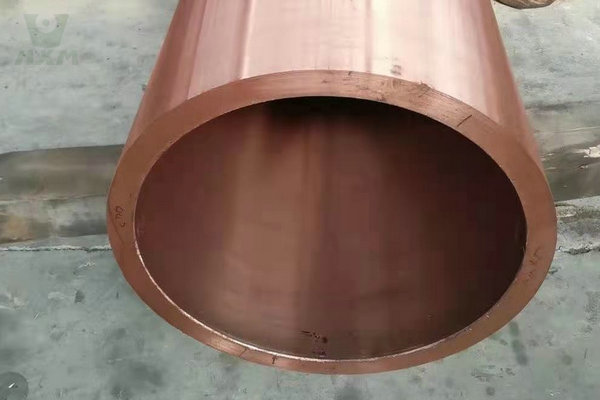
- 2. Clean the cut end: Use a clean cloth or rag to wipe away any metal shavings or debris from the cut end of the pipe. It’s essential to have a clean surface for a reliable and secure joint.
- 3. Prepare for connection: Depending on your specific plumbing needs, you may need to connect the cut copper pipe to another fitting or join it with another pipe. Follow the appropriate steps for the type of connection you require. This may involve soldering, using compression fittings, or other methods as per your plumbing system requirements.
- 4. Flux and solder (if applicable): If you are soldering the copper pipe, apply flux to both the cut end of the pipe and the fitting or joint you are connecting it to. Then, heat the joint with a torch while applying solder to create a strong and watertight seal. Follow the proper soldering techniques and safety precautions.
- 5. Test for leaks: Once the joint is made, allow it to cool and then test for leaks. Turn on the water supply and check for any signs of water seepage or drips. If you notice any leaks, you may need to recheck and redo the connection.
Remember to follow local plumbing codes and guidelines while working with copper pipes. If you are uncertain about any step or the appropriate method for your specific plumbing project, it’s advisable to consult a professional plumber for assistance.
Sourcing High-Quality Copper Pipes: Finding a Reliable Supplier
Choosing the right copper metal supplier is as critical as selecting the right material. A reliable partner ensures you receive high-quality products that meet your project specifications, on time and within budget. This section will guide you through the key considerations for sourcing copper pipes and demonstrate why Huaxiaometal is the trusted choice for businesses worldwide.
Key Factors to Consider When Choosing a Copper Pipe Supplier
For any industrial or commercial project, vetting your supplier is a crucial step. Here are the essential factors to evaluate:
Compliance with International Standards: A top-tier supplier must provide products that adhere to globally recognized standards. This guarantees the material’s chemical composition, mechanical properties, and dimensional tolerances. Inquire if the supplier can provide copper pipes compliant with:
ASTM (American Society for Testing and Materials): Key standards include ASTM B88, B280, and B819.
EN (European Standards): Such as EN 1057 for water and gas applications in sanitary and heating systems.
JIS (Japanese Industrial Standards): Important for projects targeting or originating from the Japanese market.
BS (British Standards): Relevant for projects in the UK and regions following its standards.
A dependable supplier will not only claim compliance but also provide Mill Test Certificates (MTC) or other quality documentation upon request to prove it.
Manufacturing Capabilities and Customization: Your project may require more than just standard-sized pipes. A capable supplier should offer value-added services. Ask about their ability to provide:
Custom Cutting-to-Length: Providing pipes in specific lengths to minimize waste and on-site labor.
Precision Machining: Services like bending, flaring, or grooving according to your engineering drawings.
A Wide Range of Sizes and Tempers: A broad inventory of different diameters, wall thicknesses, and tempers (e.g., soft annealed, hard drawn) is a sign of a well-established supplier.
Robust Quality Control and Certification: How does the supplier guarantee quality throughout the production process? Look for:
ISO 9001 Certification: This demonstrates a commitment to quality management systems.
In-house Testing: The ability to perform tests such as eddy current testing, hydrostatic testing, and chemical analysis ensures every batch meets specifications.
Full Traceability: The supplier should be able to trace a product from the raw material batch to the final delivery.
Inventory, Lead Time, and Logistics: Project timelines are often tight. A supplier’s ability to deliver is critical.
Sufficient Stock: A large inventory of common sizes means faster dispatch times for standard orders.
Transparent Lead Times: For custom orders, the supplier should provide a clear and realistic production and delivery schedule.
Global Shipping Experience: Especially for international clients, a supplier with proven experience in global logistics can prevent costly delays and customs issues.
Why Partner with Huaxiaometal for Your Copper Pipe Needs?
At Huaxiaometal, we are more than just a supplier; we are a partner dedicated to the success of your project. We excel in all the critical areas mentioned above, making us a leading choice for industrial copper pipes.
Certified Quality You Can Trust: We provide copper pipes that strictly adhere to major international standards, including ASTM, EN, and JIS. Every shipment is accompanied by a Material Test Certificate (MTC), ensuring you receive exactly what you specified.
Advanced Customization Services: Our state-of-the-art facility is equipped for a wide range of value-added services. From high-precision cutting to complex machining based on your drawings, our team can deliver ready-to-install components that streamline your assembly process.
Comprehensive Inventory & Fast Delivery: We maintain a substantial inventory of copper pipes in various sizes and specifications to meet your immediate needs. Our experienced logistics team manages global shipments efficiently, ensuring your materials arrive safely and on schedule.
Dedicated Technical Support: Our team of material experts is here to help you select the perfect grade and size of copper pipe for your application. Whether you have a technical question or need a custom solution, we are ready to assist.
Take the Next Step: Get Your Custom Copper Pipe Quote Today
Stop searching and start solving. Partner with a supplier that understands the demands of your industry. Let us show you the Huaxiaometal difference.
Ready to discuss your project?
